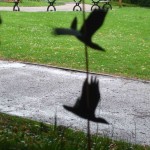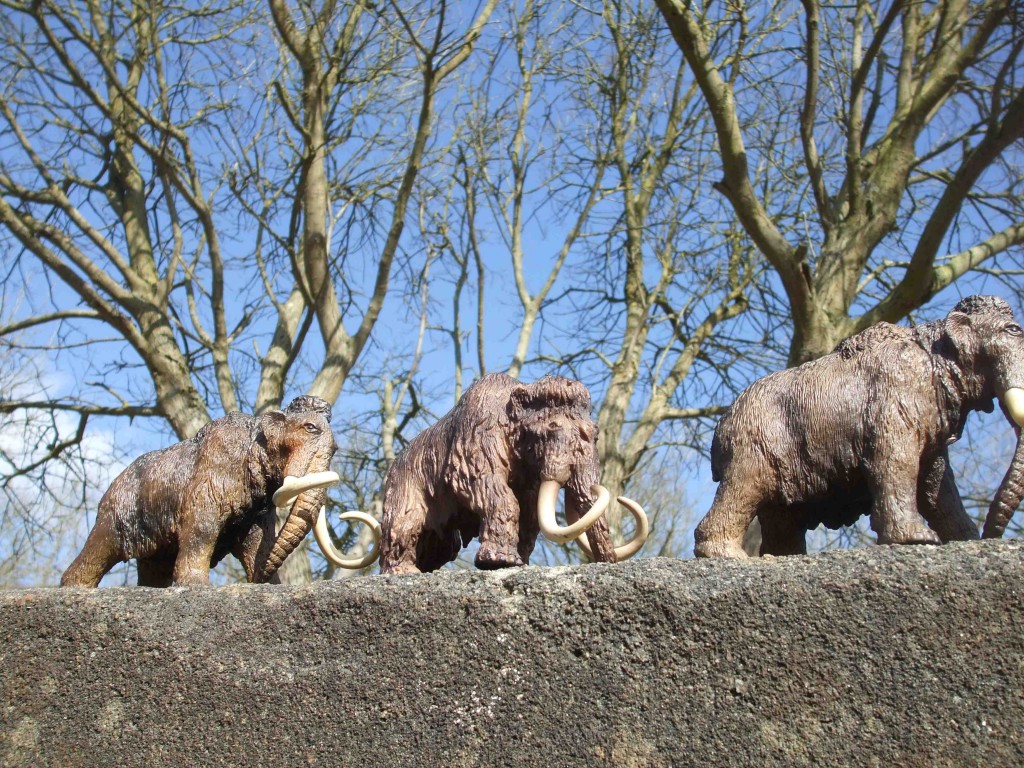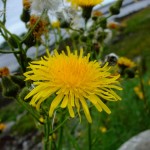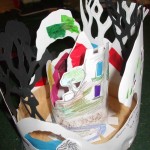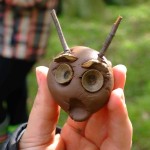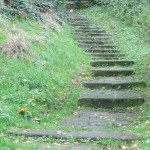I have been involved in this new book and rather than ramble on myself, I’ll use the Press Release to tell you about it!
And you can buy your own copy at: Hawthorn Press
Since Rachel Carson’s Silent Spring brought environmental wellbeing to widespread attention, pollution, global warming and animal loss have risen. Despite rising environmental awareness, nature needs more care than ever.
Storytelling for a Greener World explores how storytelling and story-work enable meaningful change. Stories can help us re-connect with each other, with our environment, and ‘to see a world in a grain of sand’. Whether it is a friend describing a skein of geese in evening flight, the tale of the man protected by a tree, or children getting inspired by kittiwakes, such moving stories invite meaning and action.
The crystal clear Introduction explains the core principles and methods of story based learning, with helpful examples. Chapters by some of Britain’s finest storytellers provide a treasury of over 40 engaging stories to retell as well as:
-Clear descriptions of creative story work, activities, approaches and tips.
-Explanations of how storytelling engages people and aids learning about the environment; Analysis of successful story-based sessions.
-Advice on how to choose sustaining stories and develop innovative story work.
The 21 authors include well-known storytellers, academics, environmentalists and facilitators who have pioneered story-based learning in nature reserves, museums, botanic gardens, schools, companies, NGO’s, universities and communities. This authoritative book is an essential resource for anyone using storytelling in their work.
Editors: Alida Gersie, PhD, widely published author on story making for change, initiated and directed postgraduate arts therapies programmes worldwide, advises managers and thought-leaders on how to improve outcomes in health, environmental learning, sustainable development and the arts. Anthony Nanson, ecological storyteller and award-winning author with MA’s in science and creative writing, which he teaches at Bath Spa University. Edward Schieffelin, PhD, Emeritus Reader in Anthropology at UCL, has done research among indigenous people of Papua New Guinea for many years and worked intensely with WWF South Pacific on issues of rainforest destruction. Jon Cree, ecologist and environmental educator, chairs the Forest Schools National Network. Charlene Collinson consults on sustainability and futures thinking with government and business.
Authors: Malcolm Green, Nick Hennessy, Eric Maddern, Gordon MacLellan, Ashley Ramsden, Hugh Lupton, Chris Salisbury, Helen East, David Metcalfe, Chris Holland, Sara Hurley, Mary Medlicott, Martin Shaw, Kelvin Hall, Kevan Manwaring, Fiona Collins and the editors above.
I just loved these personal stories from the front line, teasing out what constitutes good practice both in the design and in the delivery of storytelling … In essence, it is an inspiring toolkit that will enrich the work of people who already use storytelling, and will encourage others to get stuck in. Jonathon Porritt, Foreword
Storytelling for a Greener World: Environment, Community and Story-Based Learning will be released on 1 May 2014, with a launch at Kings Cross, London. A pre-publication celebration will be held in Stroud, Glouc. on 11 April: talks by Alida Gersie and Jonathon Porritt, who wrote the Foreword



